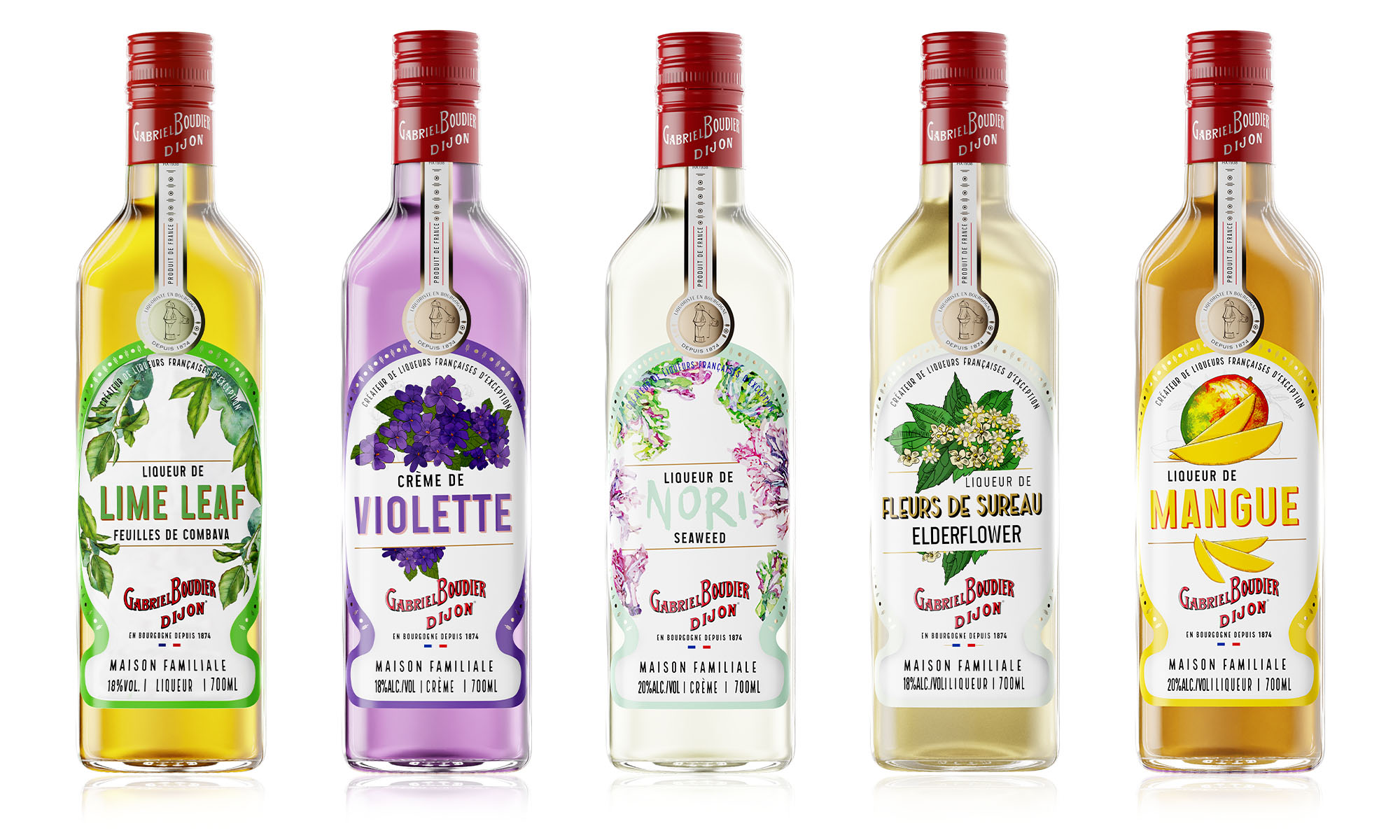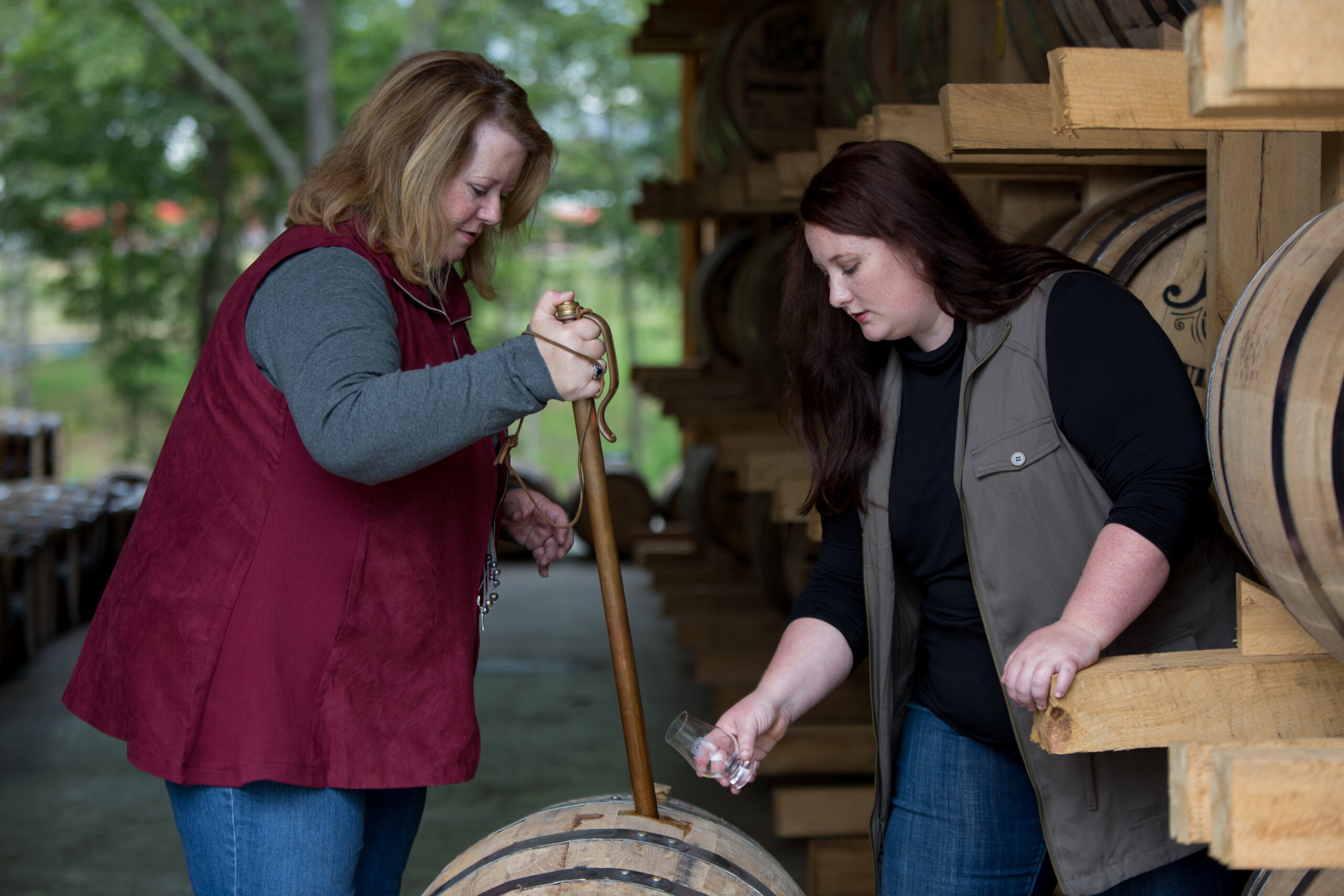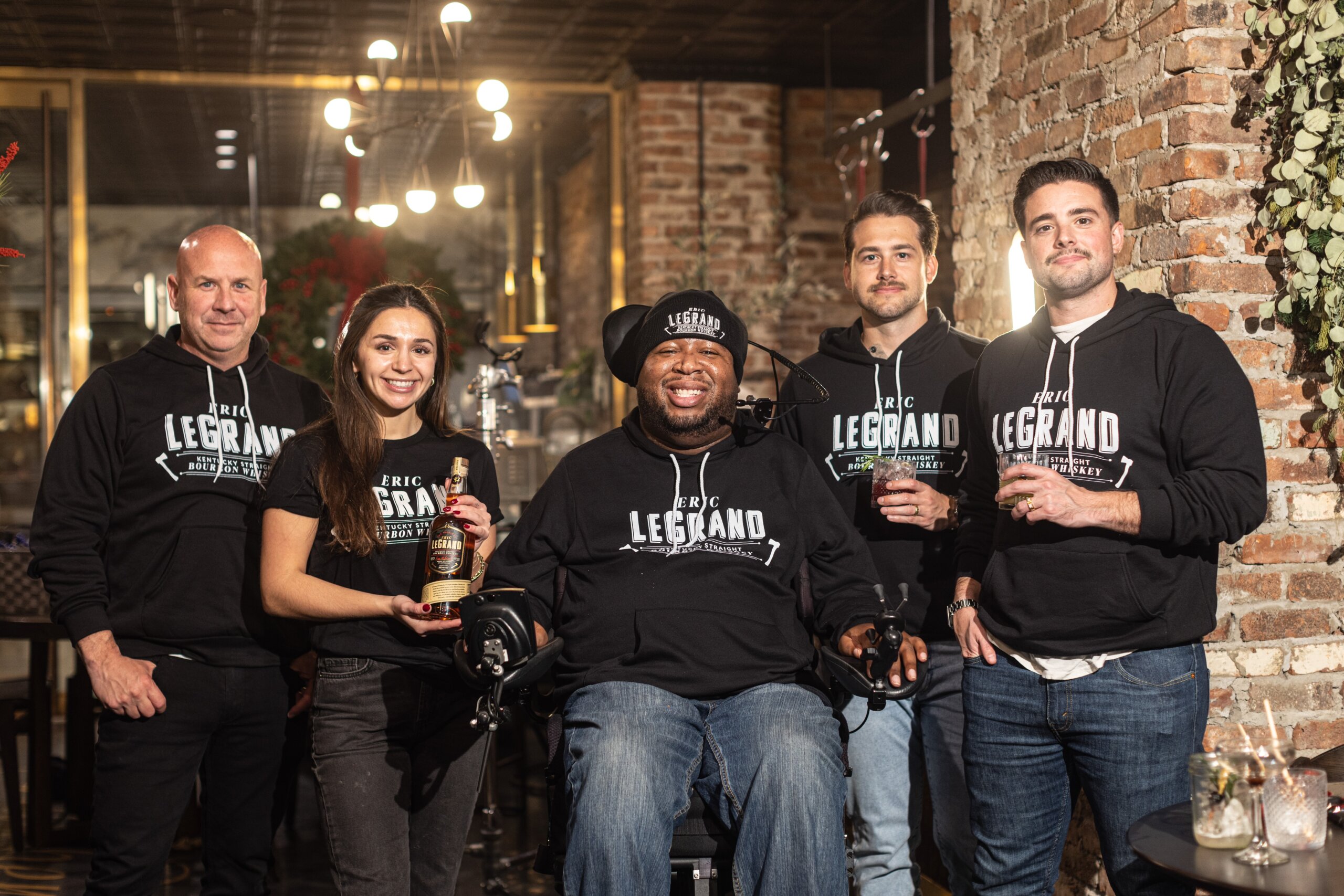4 Ways Today’s Craft Distilleries Forgo Whiskey-Aging Time
By Richard Thomas
Most of America’s small whiskey-makers have confronted the same basic problem since craft distilling first took off in the mid-2000s: traditionally aged American whiskeys sit in a warehouse for four to eight years, sometimes as long as twelve.
Few start-ups enjoy the generous financial resources necessary to make and store whiskey for several years, let alone start the work of finding a customer only after those years have passed.
So from its earliest days, America’s craft whiskey scene has been marked by an ongoing search to find a viable shortcut to traditional barrel aging. As time has gone by, science and engineering have become more central to the quest to circumvent Father Time.

Tuthilltown Distillery, Hudson Whiskey
Small Barrels: Tuthilltown Distillery, Hudson Whiskey
When Ralph Erenzo and Brian Lee started up their distilling equipment in the old Tuthilltown Gristmill in 2005, they both brought spirits production back to the Hudson Valley. They became one of the forerunners of the modern craft whiskey movement. They also got their whiskeys to market quickly by adopting small barrel aging.
The American Standard Barrel holds 53 gallons. Aging in a smaller barrel raises the ratio of barrel surface area to liquid, increasing contact with the wood and accelerating some (but only some) parts of the aging process. Some of Tuthilltown’s earliest whiskeys were aged in tiny barrels, holding a mere 3 gallons, but these nonetheless produced whiskeys with good color and some flavor in a matter of months. Recently the distillery began transitioning away from very small barrels to regular and medium-sized stock (15 to 30 gallons), but the idea is still the same.

Blue Ridge Distilling Company
Oak Chips: Blue Ridge Distilling Company, Defiant American Single Malt
North Carolina’s Blue Ridge Distilling decided to short cut traditional aging by adapting an idea from the wine industry: take your whiskey and put it in a stainless steel tank with charred oak chips. The principle is similar to that of small barrels—increase the ratio of surface area to liquid—but taken to radical extremes. A batch of Defiant Single Malt completes its primary maturation in just two months, but as with small barrels, only some parts of the aging process are accelerated.

O.Z. Tyler Distillery
Ultrasonics: O.Z. Tyler Distillery, O.Z. Tyler Bourbon
O.Z. Tyler was a shuttered distillery in Owensboro, Kentucky, now renovated and renamed for the inventor of the TerrePURE process. This is a proprietary method, so its exact workings are secret. Still, it’s known to rely on heat, added oxygen, and especially ultrasonics to break down the volatile compounds in whiskey that make it nose and taste unduly “hot.” The namesake bourbon is an early case for how TerrePURE works in practice: O.Z. Tyler Bourbon is aged traditionally for one year, then run through TerrePURE before bottling.

Lost Spirits Abomination Heavily-Peated Malt Whiskey
Sunbaked: Lost Spirits Distillery, Abomination Malt Whiskey
Whereas O.Z. Tyler Distillery resembles a distillery merged with a robot-controlled factory, California’s Lost Spirits is akin to the mad scientist’s lab in a haunted house. The centerpiece is their THEA One spirits reactor. In goes, spirits and woodblocks, which are bombarded by light said to be equivalent to triple that of the equator at midday. This method is supposed to break down compounds in the wood, which then binds with compounds in the spirits, accelerating the maturation process called esterification. Coupled with some traditional aging, the results have been promising; many have observed that the Abomination Malt is similar in profile to an 8- to 12-year-old Islay whiskey.










